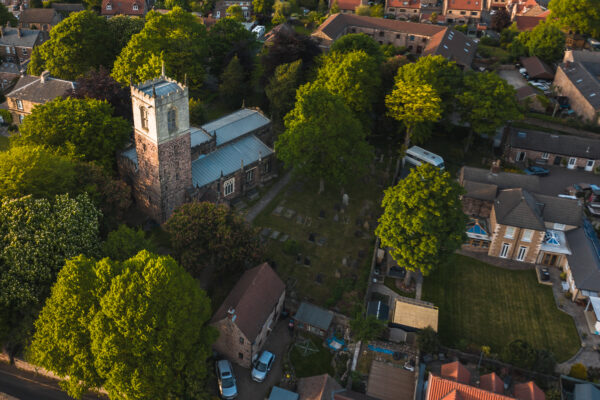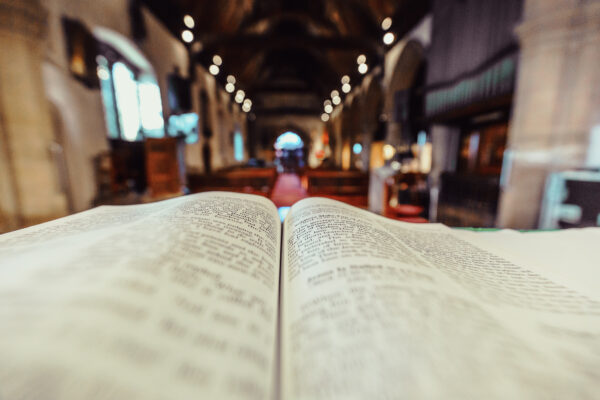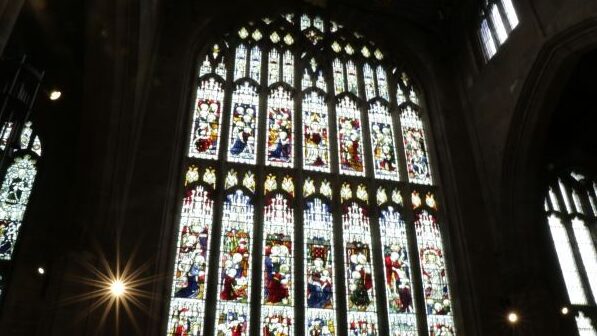Various options were considered, including phasing the repairs (difficult), carrying out the urgent stone repairs while the glass remained in situ (risky) and even boarding the window up if its condition got too bad; but we all knew that the best option would be a single phase of work in which the glass was removed to be re-leaded, repaired and cleaned off-site so that the stone could be worked on without fear of damage.
Even though there was no immediate prospect of funding for the repairs the PCC took the bold decision to develop a scheme of repair, so that if funding should become available they would be ready to apply. Then Covid happened and everything stopped.
We were just starting to think about the project again when an unexpected funding stream opened up; the Culture Recovery Fund’s Grants for Programmes of Major Works. The question was, ‘Should we apply?’; we knew the project wasn’t fully developed but it seemed like too good an opportunity to miss. We applied, but the application wasn’t successful. It was a huge disappointment at the time but, in many ways, it was fortunate; knowing what we know now, having lived and breathed the project for nine hard (and at times very stressful) months, we simply weren’t ready to take on such a big project.
Undeterred, we continued to develop the scheme. With the support of the Resourcing Churches Buildings Officer we slowly worked through all the stages needed to develop a robust and well-considered project. We commissioned surveys and inspections to understand and justify the scope of work and the approach adopted; we held consultations with stakeholders and statutory consultees to ensure broad support for the scheme; we developed a full scheme of works with the Inspecting Architect, submitted a faculty application and even put the work out to tender so that we would have a preferred contractor as part of the team, and an idea of the cost of the works.
Now we were ready, we just needed to find the money … and then there it was, a second round of funding for Programmes of Major Works through the Government’s Culture Recovery Fund. This time there was no doubt; ‘Should we apply? Absolutely!’
We had about two weeks to submit an application, but with all the information at our fingertips thanks to the PCC’s forward-thinking approach we did it. When we learned the application had been successful we only had a couple of weeks to start work on site if we were to have a hope of meeting the grant’s deadlines, but because we had already got the project team on board we could do it.
It has been tremendously hard work, not least because we have effectively compressed a year’s project into nine months during a pandemic, with most of the work taking place over the winter, but the team has pulled out all the stops and the church has found ways of adapting to being a building site and the end result is quite wonderful.
What lessons have we learned?
- It pays to be prepared – having a developed scheme that is ready to go is more attractive to funders than a scheme that is vague and has lots of unknowns.
- You have to be prepared to invest in your own project – investing in the development phase of a project helps to mitigate risk and gives funders confidence that a scheme is robust and fundable and that the project team has the capacity and commitment to deliver.
- The funding landscape is changing – increasingly we are seeing new time-limited funding opportunities arise in connection with specific agendas, often at very short notice and with short application periods.
- Tap into the expertise of the Church Buildings Team.
The Revd Canon Phil Batchford said:
“We are so grateful for the grant which has enabled us to fully restore our magnificent west window in one phase. Without this grant the best we could have hoped to achieve would have been a phased approach and even that was by no means guaranteed. Without the support of our buildings officer the PCC would have been unlikely to have developed the project in such a way that resulted in us successfully bidding for a significant grant towards the work.
“The window was in a desperate condition but following the completion of the works it has been restored to its former glory and in addition has significantly reduced the impact of road noise. I have to admit the first time I saw it unveiled it was literally breath-taking. It has been a real privilege to observe the level of craftmanship of both the stonemasons and the glaziers that this restoration has required and we thank them for their skill and commitment.”



